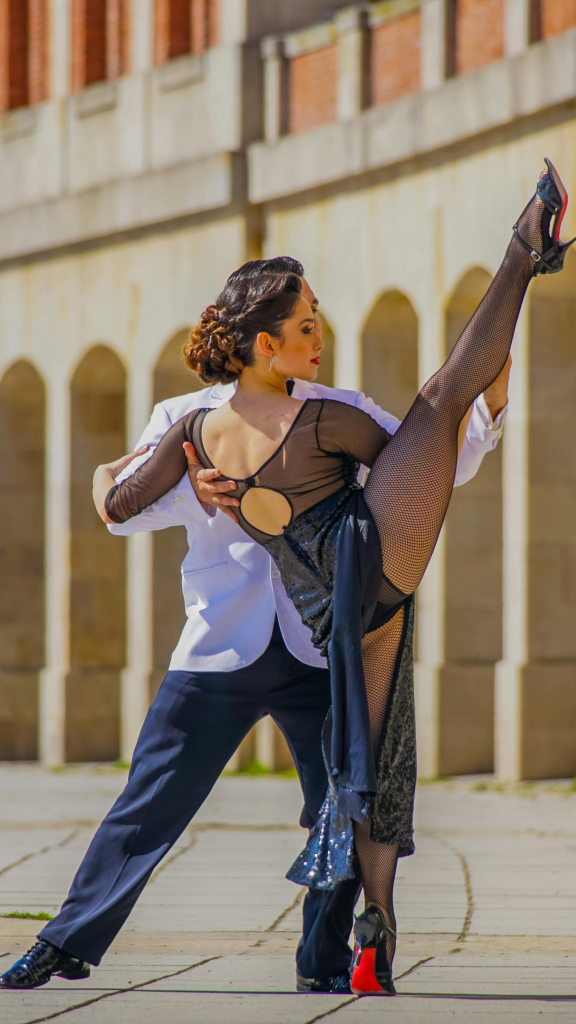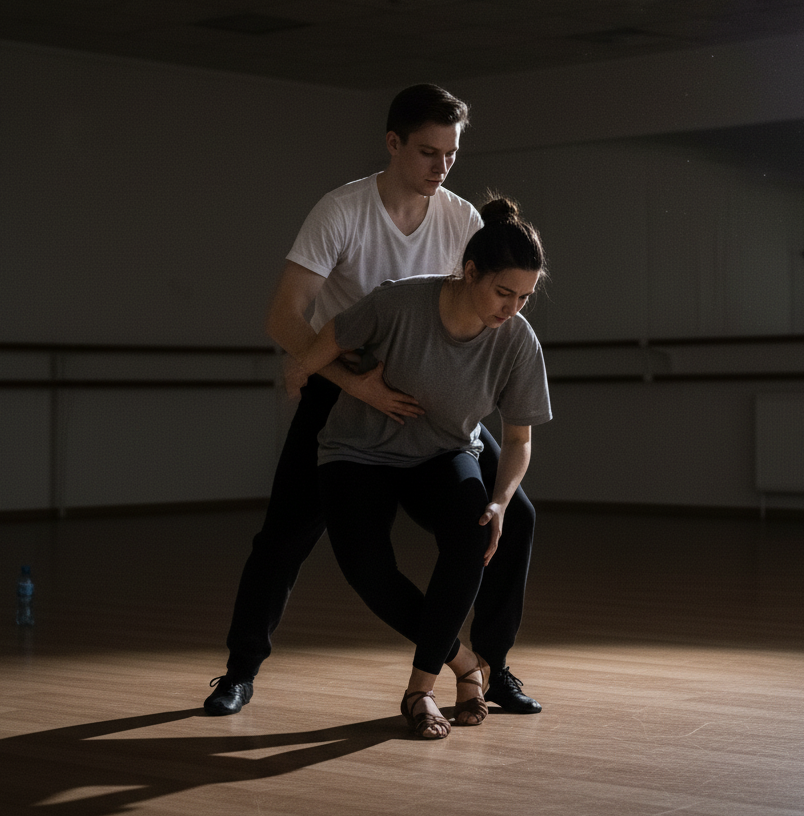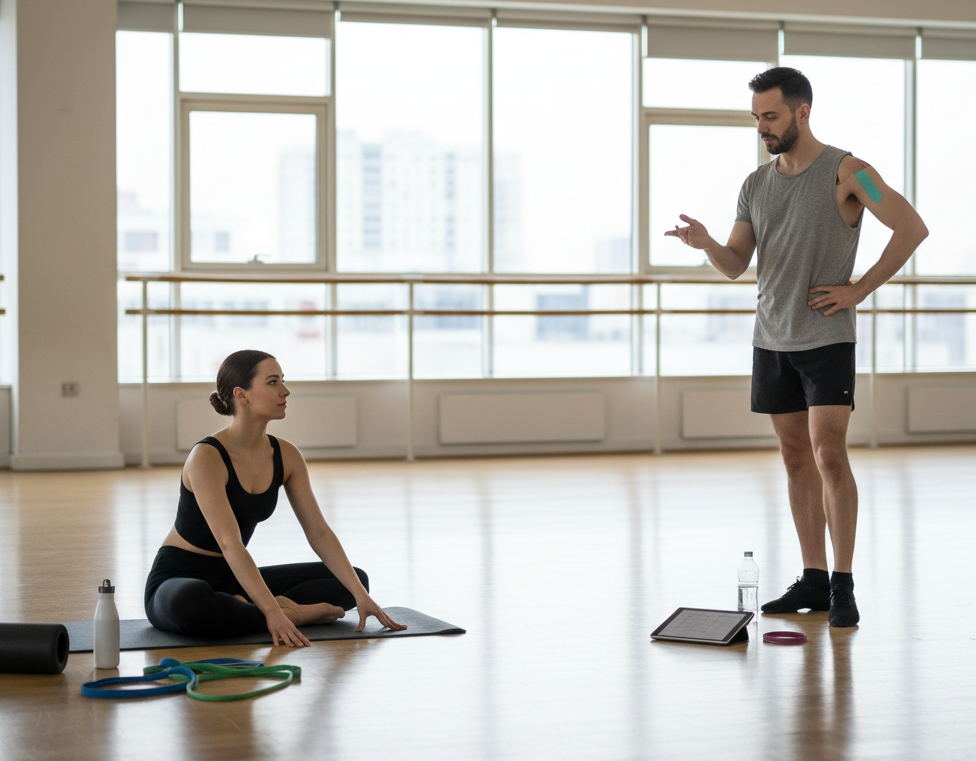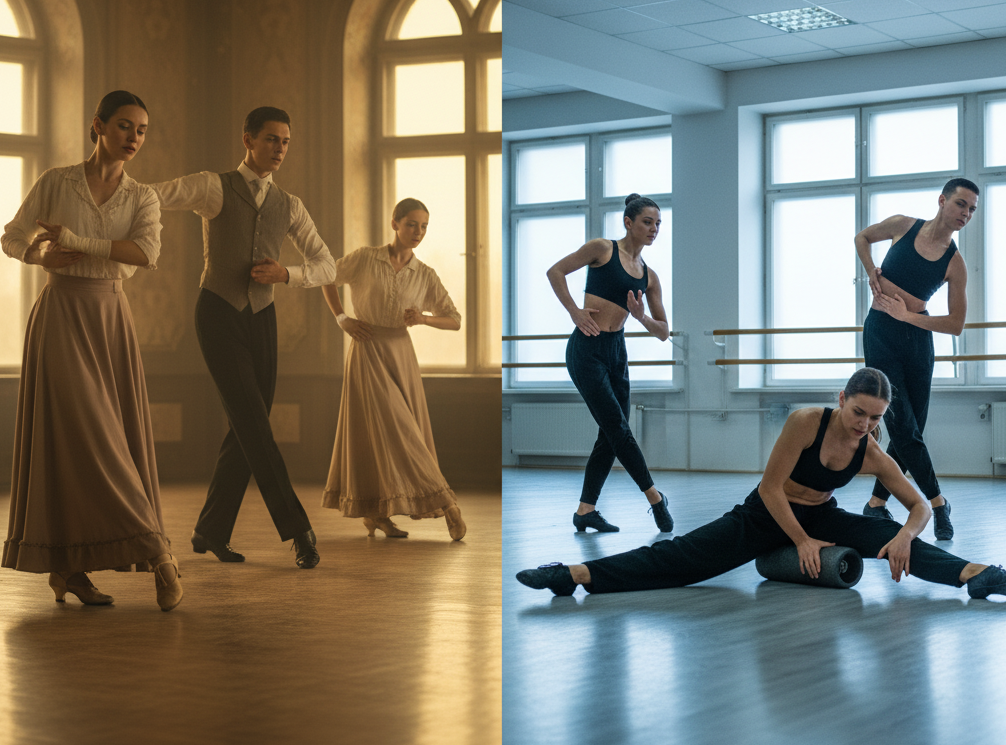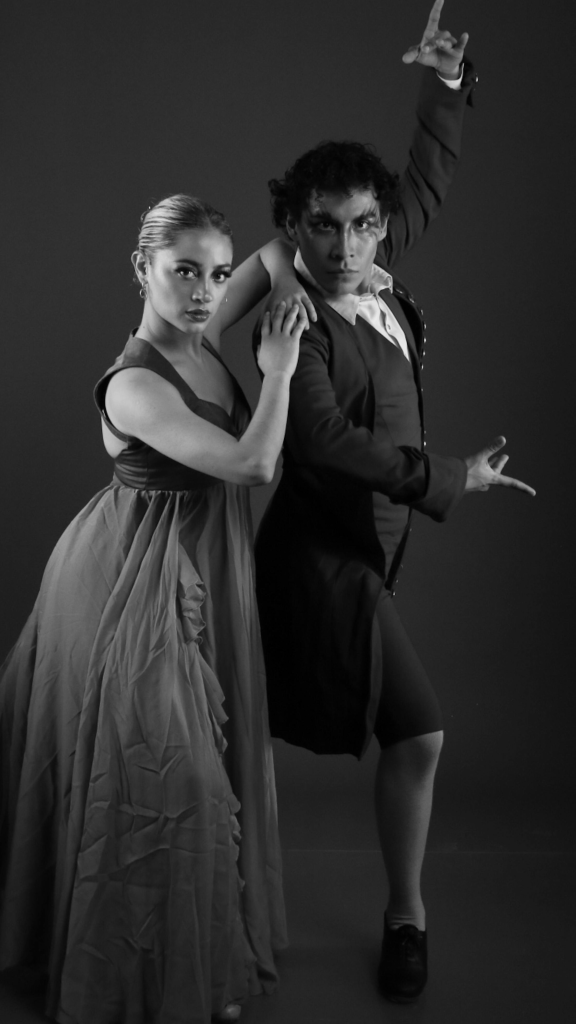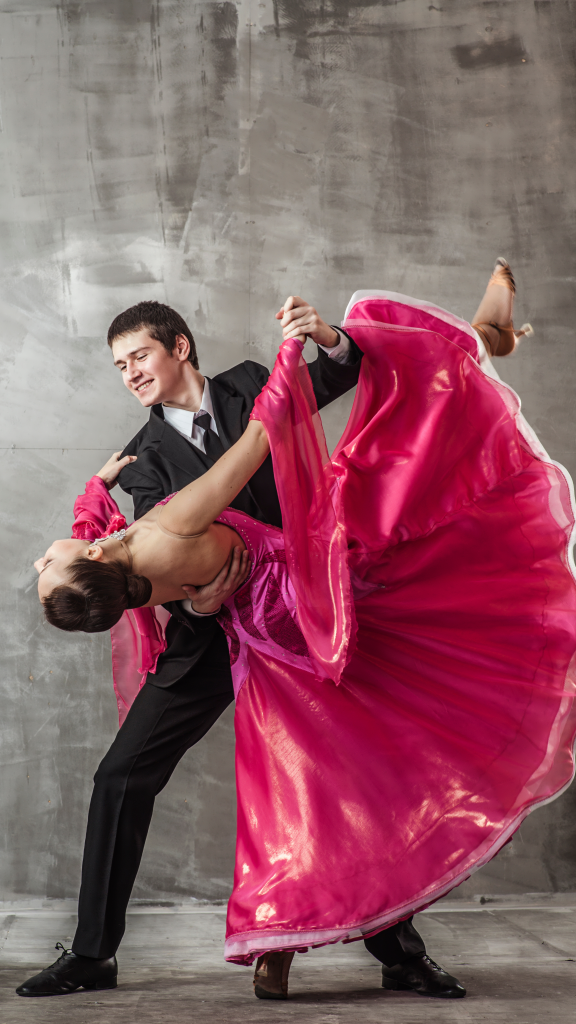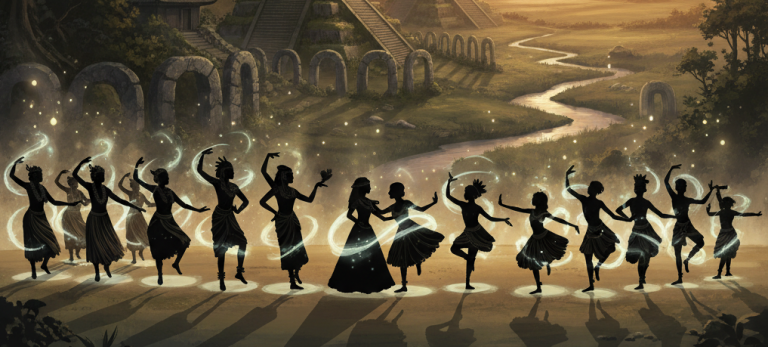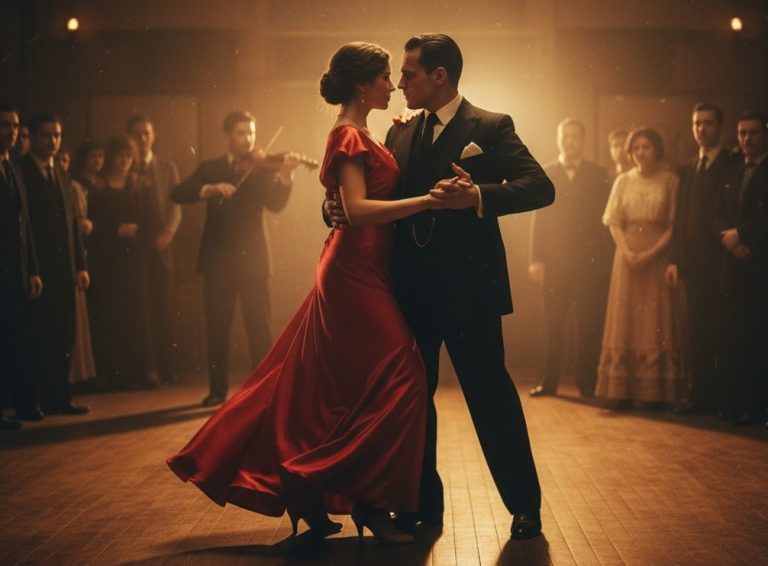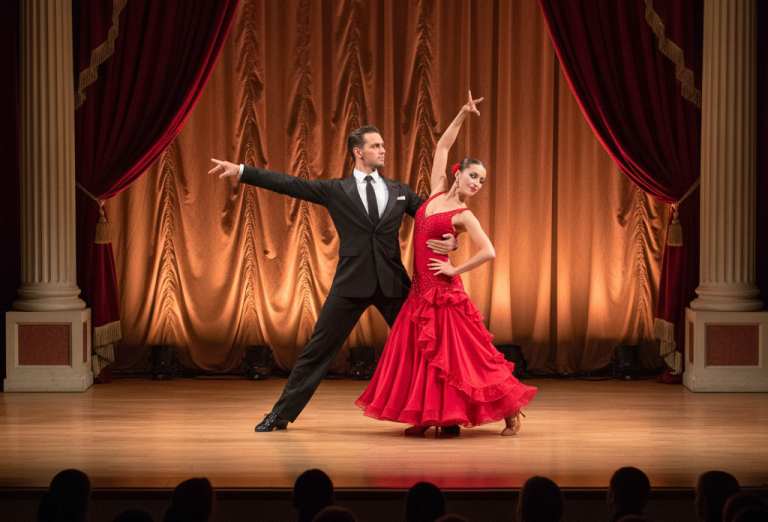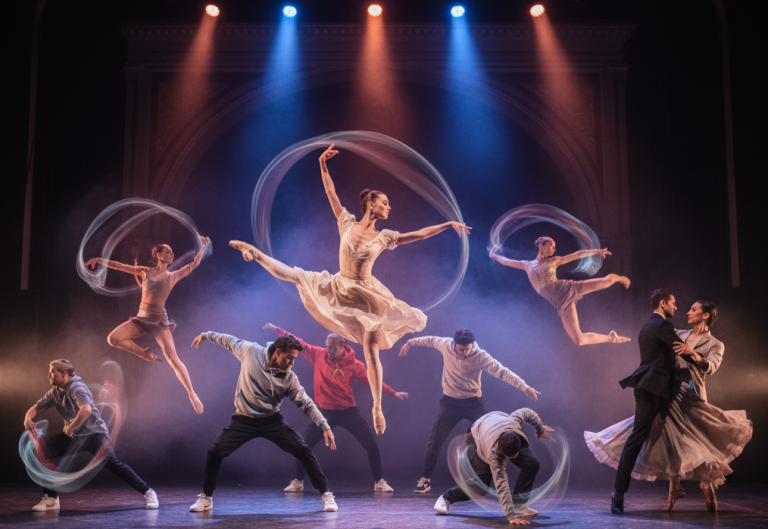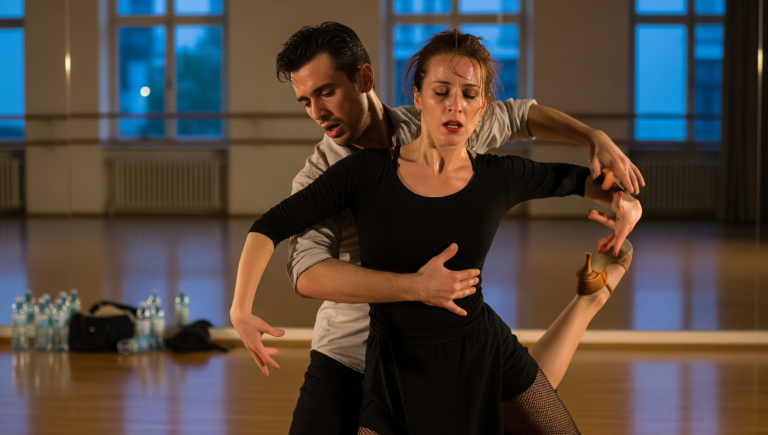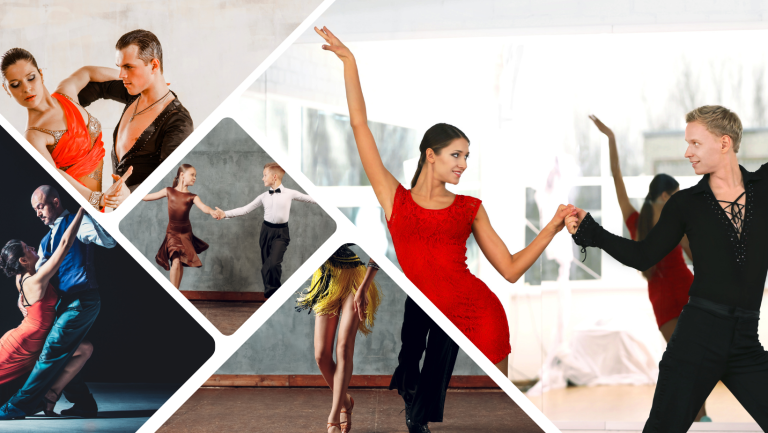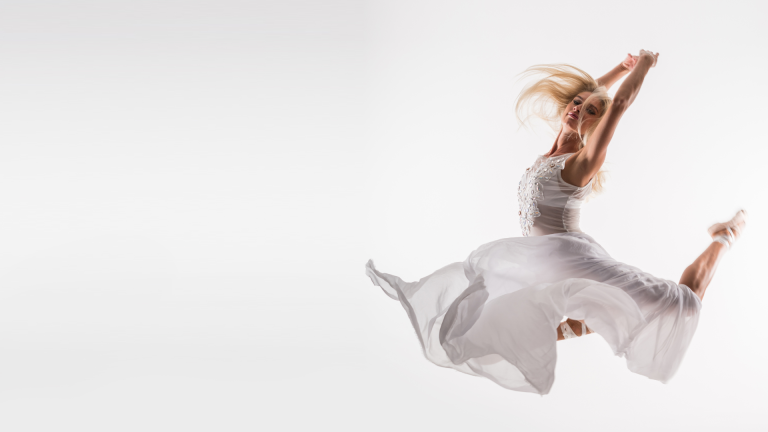Injuries as a Norm: The Hidden Toll of Professional Ballroom Dancing
When audiences watch a ballroom performance, they often marvel at the fluidity, grace, and apparent ease of the dancers. Sequins sparkle, heels glide across polished floors, and every movement seems effortless. Few spectators realize that beneath this polished exterior lies a world defined by pain, endurance, and the constant risk of injury. For professional ballroom dancers, injuries are not exceptions—they are almost a rite of passage, a norm baked into the lifestyle of rigorous practice and relentless competition.
Professional dancers push their bodies to extremes. Hours of rehearsal each day, repeated drills, and high-intensity routines create conditions ripe for physical strain. Unlike mainstream athletes, dancers often do not have the luxury of medical teams, physiotherapists on standby, or structured recovery schedules. They rely on sheer willpower, ice, tape, and improvisation to keep performing, sometimes masking injuries until they reach critical stages.
This article explores the hidden reality of injuries in professional ballroom dancing, delving into the physical, emotional, and career impacts, as well as the coping mechanisms dancers develop to survive—and thrive—despite the risks.
The Physical Reality: How Injuries Happen
Ballroom dancing is physically demanding in ways that are both visible and invisible. Spins, lifts, jumps, and intricate footwork place immense stress on muscles, joints, and connective tissue. Unlike sports where contact is obvious, dance injuries often occur silently, developing gradually through repetition.
Sprained ankles are among the most common injuries. Dancers frequently pivot on the balls of their feet while wearing heeled shoes, and even a slight misstep can result in a ligament tear. Knees are another vulnerable area. The combination of sudden direction changes, twists, and deep bends can strain ligaments and cartilage.
Back injuries are also prevalent. Maintaining a perfect ballroom frame requires sustained tension in the spine and shoulders. Over time, this can lead to chronic pain, herniated discs, or muscle tears. Even minor soreness, if ignored, can escalate into serious injury that affects performance and career longevity.
Dancers also face injuries unique to lifts and partner work. Torn ligaments or strained arms can occur when a lift is mistimed or when a partner’s weight distribution is misaligned. These injuries may be acute and sudden, or slow-building from repeated stress.
The Emotional and Psychological Impact
The toll of constant injury extends beyond the physical. Chronic pain and repeated setbacks can lead to emotional strain, anxiety, and burnout. Dancers invest so much of their identity into performance that injury can trigger a profound sense of vulnerability.
Many dancers report frustration when their bodies fail them mid-routine. Self-doubt creeps in when they cannot execute a step as easily as before, or when persistent pain forces modifications to choreography. The fear of falling behind competitors adds psychological pressure, creating a feedback loop of stress and injury that can be difficult to break.
Injury also affects partnerships. In ballroom dancing, one partner’s limitations directly impact the other. A sprained ankle or torn ligament can force a partner to adjust timing, lifts, or footwork. Communication, trust, and emotional resilience become crucial in navigating these challenges.
Coping Mechanisms and Recovery
Despite these challenges, professional dancers develop strategies to manage injuries while maintaining performance quality. One key approach is prevention: strength training, stretching, and cross-training help build resilience in joints and muscles. Warm-up routines before rehearsals are essential, and cool-downs help prevent micro-injuries from accumulating over time.
Another strategy is adaptation. Dancers often modify choreography subtly to reduce stress on injured areas, without compromising artistic integrity. For example, a pivot might be executed differently, or a lift shared differently between partners to distribute weight more safely.
Mental strategies are equally important. Visualization allows dancers to rehearse routines without physical strain, reinforcing muscle memory while giving their bodies a chance to recover. Mindfulness techniques help manage pain perception and reduce the emotional toll of chronic injury.
Historical Context: Dance and Physical Strain
The culture of pushing through injury is not new. Ballroom dancing, particularly in Europe, has long demanded rigorous practice schedules. In the early 20th century, competitive dance was formalized with scoring systems that prioritized precision, elegance, and synchronization. Injuries were accepted as part of the path to mastery.
Unlike modern professional athletes, dancers historically did not have structured medical support. Recovery was often home-based, relying on rest, cold treatments, and self-discipline. This tradition of endurance persists in contemporary dance culture, reinforced by expectations of coaches, judges, and peers.
Injuries and Career Longevity
The prevalence of injuries shapes not only daily life but also long-term career trajectories. Many dancers retire earlier than athletes in other fields, not due to a lack of talent but because their bodies can no longer sustain the demands of continuous performance. Chronic conditions—arthritic joints, recurring sprains, and back problems—often dictate the timing of retirement more than choice.
Some dancers transition to teaching, choreography, or coaching as a way to remain in the field without subjecting themselves to the same physical extremes. Others continue performing, balancing pain management strategies with careful selection of routines and competitions.
Lessons for the Audience
Watching a flawless ballroom performance is mesmerizing, but understanding the toll behind the scenes adds depth to appreciation. The sweat, injury, and determination hidden beneath sequins and smiles underscore the dedication required to reach the top.
Injuries in dance are not failures—they are markers of the discipline, resilience, and grit needed to sustain a career in this demanding art form. Recognizing this reality challenges audiences to see beyond beauty and elegance, acknowledging the human effort that makes artistry possible.
-
Payment Processors Compared for Dance Studio Manager (DSM)
PROCESSORS BEST FOR PRICING MODEL HARDWARE WHY IT WORKS WELL INSIDE DSM Paystri (DSM Preferred Partner) Studios wanting personalized rates, high customer support, and a strong DSM relationship. “Meet or beat” pricing for DSM users Often competitive for both low and high-volume studios Chip / swipe / tap readers (varies by region) DSM has a…
-
-
-
-
Are Dancers the Ultimate Multi-Sport Athletes?
Sport Key Skills Overlap with Dance Basketball Vertical jump, agility, coordination Jump height, lower-body strength Soccer Endurance, footwork, rhythm Aerobic capacity, movement timing MMA/Boxing Reaction time, body control Real-time adaptation, neural speed Gymnastics Balance, flexibility, choreography Shared technical elements Figure Skating Flow, control, artistry Same fusion of sport + art Track & Field Explosive power,…
-
-
-
-
-
-
-
